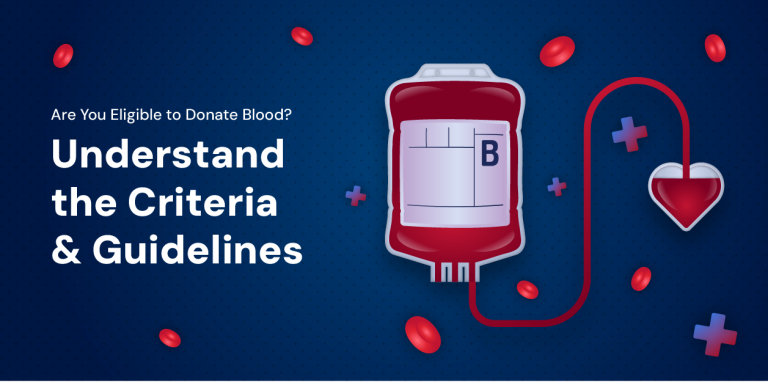Claim rejection for non-disclosure of pre-existing disease (PED) post-waiting period
What is Non-disclosure of pre-existing disease (PED)?
Non-disclosure of pre-existing disease (PED) refers to the failure of an individual to inform their insurance provider about any existing medical conditions or ailments they have at the time of purchasing an insurance policy. Pre-existing diseases are health issues or conditions that a person already has before obtaining insurance coverage. The insurance company relies on this information to assess the risk associated with insuring the individual.
Non-disclosure of pre-existing disease (PED) refers to the failure of an individual to inform their insurance provider about any existing medical conditions or ailments they have at the time of purchasing an insurance policy. Pre-existing diseases are health issues or conditions that a person already has before obtaining an insurance coverage. The insurance company relies on this information to assess the risk associated with insuring the individual.
Consider the scenario of Aditya, who, in 2010, purchased an insurance plan with the understanding that it would cover medical complications related to conditions like diabetes and hypertension after a waiting period of two years. Excitedly, he paid the premium without disclosing his three-year history of hypertension.
Fast forward to 2014, Aditya faced severe chest pain, necessitating hospitalization. To his dismay, doctors traced the complication back to worsening hypertension spanning seven years, from 2007 to 2014. Aditya, assuming his policy would cover the treatment costs after the waiting period, found himself in a bind. Unfortunately, since hypertension was a pre-existing condition undisclosed during the policy purchase, his claim faced rejection.
When an individual fails to disclose their pre-existing conditions during the application process, it is considered non-disclosure. This omission can lead to significant consequences, particularly during the claims process. If a claim is made related to a pre-existing condition that was not disclosed, the insurance company may reject the claim. Non-disclosure is often viewed by insurance providers as a breach of trust and a violation of the terms and conditions outlined in the insurance policy.
Policyholders must be transparent and provide accurate information about their health status when applying for insurance coverage. Full disclosure ensures that the insurance company has a comprehensive understanding of the individual’s health risks, enabling them to set appropriate terms and conditions for coverage. Failure to disclose pre-existing conditions not only jeopardizes the chances of successful claims but may also lead to the cancellation of the policy in extreme cases.







